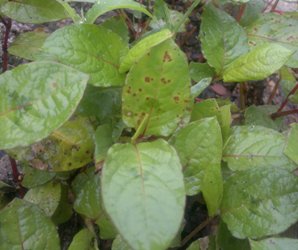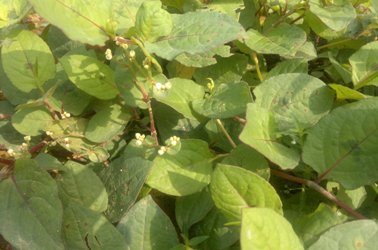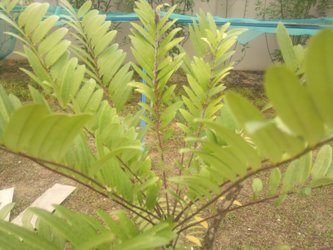Diabetes Mellitus is a common metabolic endocrinopathy resulting from absolute or relative deficiency of insulin and leading to metabolic disturbance of carbohydrates, fat and protein. The disease is frequently followed by water-electrolyte imbalance and acid-base disturbance. According to the age of the patients, clinical manifestations and requirements for insulin, diabetes can be divided into many types. In Acupuncture, this disease is defined as "xiao ke", which means diabetes.
CLINICAL DIAGNOSIS
1. The characteristics of a typical case of Diabetes mellitus are often polyphagia, polydipsia, polyuria and loss of body weight. Early or asymptomatic patients only show abnormal release of cortical hormone and insulin inside the body. The level of fasting blood sugar is elevated with abnormal glucose tolerance test. Symptomatic patients are frequently complicated by other symptoms of dermal, neural and endocrines disorders, besides polyphogia, polyuria and loss of body weight.
2. The main complications and concomitant diseases of diabetes mellitus are diabetic ketoacidosis, cardiovascular diseases, diabetic renopathy and peripheral neuropathy. Cardiovascular complications are the chief causes of death.
3. Diabetes mellitus is classified into juvenile and adult types according to the clinical features. The age of onset of the juvenile type is young and has a tendency to inheritance. Blood sugar fluctuates widely and is quite sensitive to insulin. Treatment is difficult and it is often named insulin-depending Diabetes or unstable diabetes. The age of onset of adult type is above 40. This type is relatively mild and can be controlled by dietary restriction or oral antidiabetics. Therefore it is also named non- insulin depending Diabetes or stable diabetes.
4. Accessory examination
a) Fasting blood-glucose is higher than 130 mg. Blood glucose after meal is more than 160-180 mg. Urine is positive for glucose. If complicated by ketosis, urine is positive for ketone bodies.
b) Glucose tolerance test can be used to diagnose early or suspected cases and is the principle test in diagnosis.
c) New diagnostic techniques such as testing blood insulin levels are quite helpful in understanding the pathological changes of pancreas and in obtaining information concerning treatment.
TYPES OF SYMPTOMS
1. Dryness-heat in the Lung and Stomach Main Symptoms:
Restlessness, polydipsia, polyphagia with tendency to hunger, dryness of the mouth and tongue, polyuria, red tongue with yellowish fur, slippery and rapid pulse.
2. Deficiency of the Kidney Main Symptoms:
Polyuria with turbid discharge, soreness and debility of the lumbus, dryness of the mouth and tongue, dyshopria with feverish sensation in the chest, palms and soles, red tongue, deep, thread and rapid pulse.
Malaysia Chinese Master TREATMENTS AND Treatment RESEARCH
Usually it takes between 1 to 6 months for recovery by MALAYSIA Chinese Master's theory of medication. The treatment includes Neuro Acupuncture Herbal medicine qi qong exercise and dieting therapy, etc. MALAYSIA Chinese Master's data shows that 80% could be treated when found from 1 month to 3 years then starts treatment, should be able to recover. The others 20% could be control until reasonable degree. |












